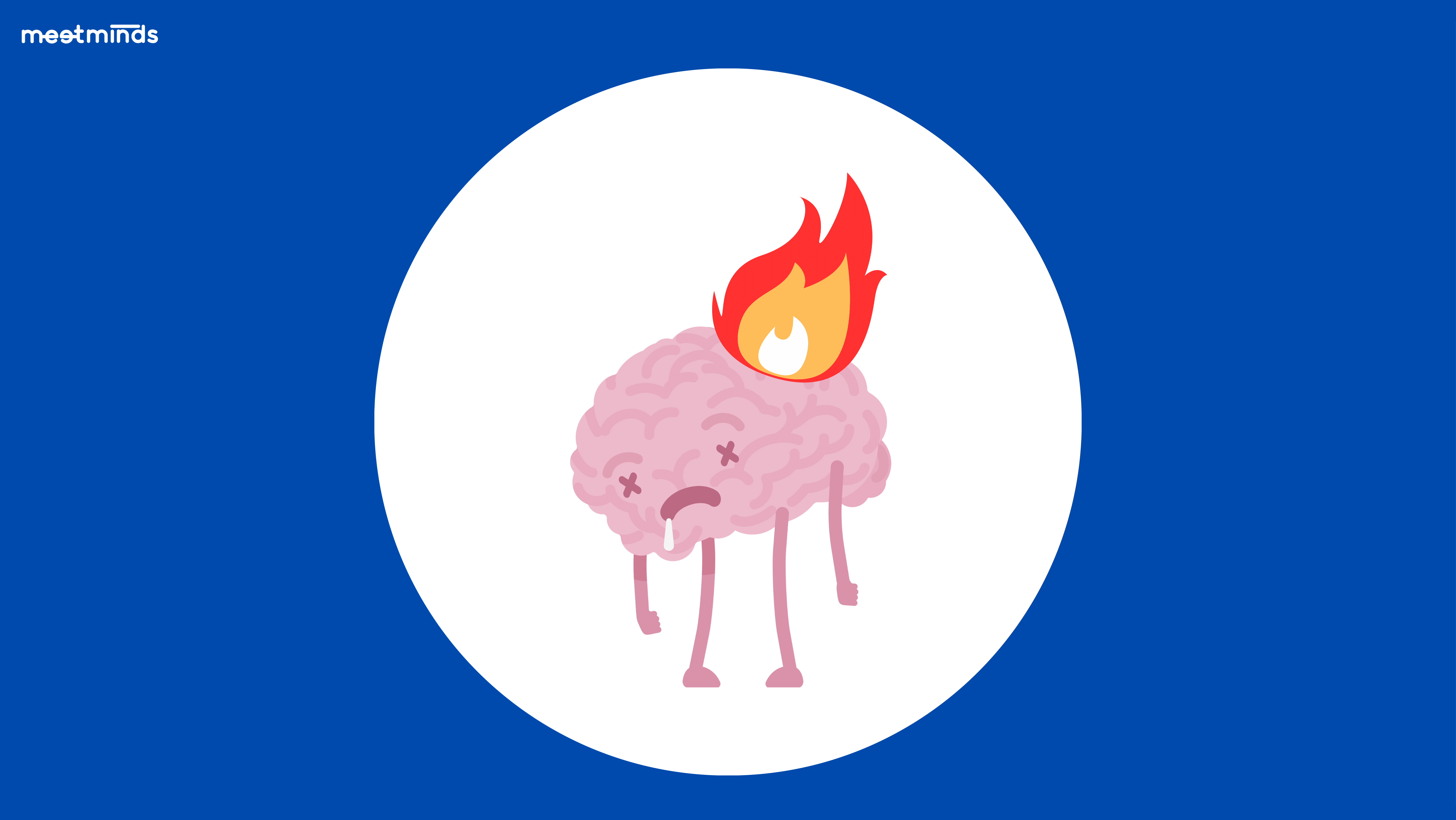exploring burnout in remote employees

Burnout, as defined by the World Health Organization, is categorized as a syndrome or "occupational phenomenon" that arises from workplace stress.
While not classified as a medical condition, it manifests as a cluster of symptoms that give rise to unfavorable sentiments towards work.
signs and symptoms of employee burnout
Employee burnout can manifest in various ways and affect individuals differently. Its primary characteristics include:
Feelings of exhaustion and fatigue
Periods of low motivation and productivity
Negative or cynical emotions towards work
For remote software engineers, these sentiments often revolve around coding and programming tasks. Burnout can significantly impact an employee's ability to perform their work effectively.
Here are some common signs that may indicate an employee is experiencing burnout:
Increased mental distance from the job
Loss of focus
Procrastination
Decreased work performance
Difficulty meeting deadlines
Struggles to initiate tasks or start the day
Effects of burnout extend beyond the workplace, including:
Anger, irritability, or outbursts
Emotional exhaustion
Sleep disturbances
Physical symptoms like headaches or stomachaches
Lack of motivation for activities and hobbies outside of work
Diminished sense of personal accomplishments or pride
Recognizing these signs can help address burnout and provide necessary support to employees in need.
what causes to burnout when working from home
Remote workers are particularly vulnerable to burnout, and several factors contribute to this, involving both people and processes:
Unclear expectations: Remote workers have limited opportunities to ask questions or grasp the context of a situation. Uncertainty regarding tasks or performance can lead to stress and anxiety.
Blurring of work and home boundaries: Unlike office-based employees, remote workers struggle to disconnect from work when it becomes overwhelming. Many feel the pressure to be constantly available, resulting in extended working hours.
Lack of communication: Effective communication, both formal and informal, is crucial for remote employees to feel comfortable and satisfied in their roles. Without regular one-on-one meetings with managers or opportunities for casual conversations with coworkers, remote workers may experience isolation or a diminished sense of connection to the company.
Decision fatigue: Remote employees often bear the responsibility of acting as their own managers, requiring self-motivation and decision-making. This can lead to feeling overwhelmed or apathetic, especially for those who are still gaining confidence in their roles.
Micromanagement: On the other end of the spectrum, some remote workers may face excessive micromanagement. Employers, particularly those new to remote work, may attempt to exert excessive control over schedules and tasks, hindering autonomy and contributing to burnout.
Monotonous projects: Developer fatigue can occur when software engineers become fatigued by repetitive or monotonous programming tasks. Coding demands intense mental effort, and without diverse and engaging assignments, remote developers may experience burnout.
To mitigate burnout risks, managers should be mindful of assigning varied and stimulating work to their remote employees, fostering open communication channels, setting clear expectations, and promoting a healthy work-life balance.
how leaders can address burnout effectively
If you notice signs of developer burnout within your team, it's crucial to take proactive steps to provide support. Here are some strategies for burnout prevention:
Allowing flexibility: Recognize that each remote employee faces unique circumstances. Grant them flexibility in work hours, schedules, and task management, as long as the work is being completed satisfactorily.
Making time for communication: Remote employees can easily feel isolated or disconnected. Regularly check in with them, especially if you observe changes in their work performance. Show empathy and foster informal conversations through creative methods to alleviate loneliness.
Seeking feedback: Initiate a productive discussion with your employees about their burnout experiences. Encourage open dialogue to understand how you can better support them and prevent burnout in the future.
Creating efficient systems: Establish organized and efficient workflows to minimize the risk of burnout. Explore tools and processes that streamline task management, deadlines, and communication, making remote employees' lives easier.
Encouraging time off: Emphasize the importance of taking vacation time and breaks. Make it clear that you expect employees to disconnect and recharge. If you notice a team member struggling, consider granting them a day or two of rest.
Cultivating a remote culture: Foster a remote-friendly work culture by educating your team about burnout symptoms, causes, and coping strategies. Promote activities that enhance mental health, such as educational sessions or group meditation, to reduce burnout risk.
By proactively addressing burnout as a leader, you can create an environment that supports employee well-being and cultivates sustainable productivity in remote teams.
